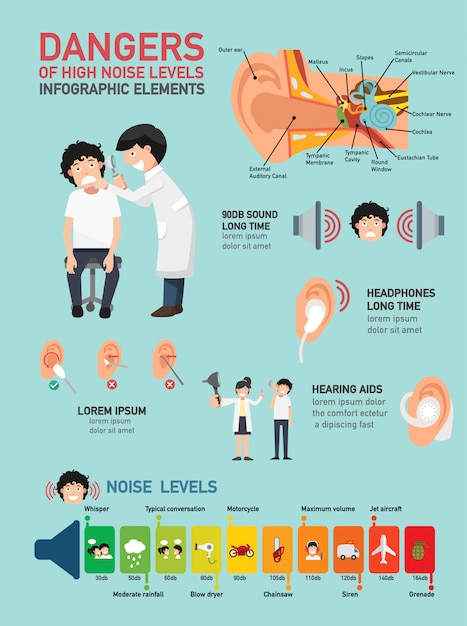Dyslexia Tutoring: Approaches And Methods For Efficient Learning
Dyslexia Tutoring: Approaches And Methods For Efficient Learning
Blog Article
Personnel Author-Melendez Hove
If you're working with a trainee who has dyslexia, you understand exactly how critical it is to adopt the best approaches. Customizing your method to fit their unique requirements can make a substantial distinction in their understanding journey. By integrating multisensory methods and organized proficiency programs, you can help them develop necessary skills. But what particular techniques can you apply to genuinely foster their confidence and growth? Allow's discover these reliable methods with each other.
Recognizing Dyslexia and Its Influence On Knowing
Comprehending dyslexia is crucial due to the fact that it influences just how individuals find out and process information. If you or somebody you understand has dyslexia, you'll discover difficulties with analysis, spelling, and writing. This isn't a reflection of intelligence; it has to do with exactly how the brain analyzes language.
You might struggle with phonemic awareness, making it tough to connect noises to letters. This can bring about irritation and lowered self-esteem in academic atmospheres. Acknowledging these patterns is essential for producing encouraging understanding experiences.
cognitive behavioral therapy anxiety 'll locate that early intervention and tailored techniques can considerably improve results. By comprehending the special methods dyslexia impacts discovering, you can cultivate a much more inclusive ambience, helping those affected thrive and realize their full potential.
Efficient Coaching Techniques for Dyslexic Pupils
Recognizing the difficulties dyslexic students deal with opens the door to efficient tutoring techniques that can make a real difference in their discovering journey.
Initially, use multisensory approaches; incorporate visual, auditory, and kinesthetic methods to engage them totally. Integrate structured proficiency programs, focusing on phonics, phonemic recognition, and vocabulary.
Break down jobs into smaller, convenient actions to avoid overwhelming them. Encourage frequent method and repeating, strengthening understanding without aggravation. Use mouse click the next web page to increase their confidence and inspiration.
Dressmaker your approaches to their unique toughness, and be patient as they progress. Lastly, maintain open interaction with moms and dads to sustain their discovering in your home.
Developing a Supportive Knowing Atmosphere
Producing a supportive learning environment is crucial for assisting dyslexic students flourish. Begin by making certain the space is quiet and devoid of interruptions, enabling them to concentrate completely on their jobs.
Use flexible seating arrangements that promote convenience and engagement. Include aesthetic help and hands-on materials to reinforce discovering concepts, satisfying their unique handling designs.
Motivate open interaction, so trainees feel safe revealing their battles and asking for assistance. Commemorate their successes, despite exactly how small, to increase their confidence.
Develop a regular to give structure, which can minimize anxiousness. Lastly, foster partnership with peers, as social communication can enhance learning and give emotional support.
Your efforts will produce a nurturing atmosphere that promotes growth and strength.
Final thought
Finally, effectively tutoring a dyslexic trainee needs a blend of understanding, customized techniques, and a supportive atmosphere. By utilizing multisensory strategies and structured proficiency programs, you can aid reinforce essential abilities and boost confidence. Bear in mind to keep communication open, break tasks right into smaller sized actions, and commemorate progression, no matter exactly how tiny. With your dedication and the appropriate approach, you can make a significant difference in their scholastic journey and general wellness.
